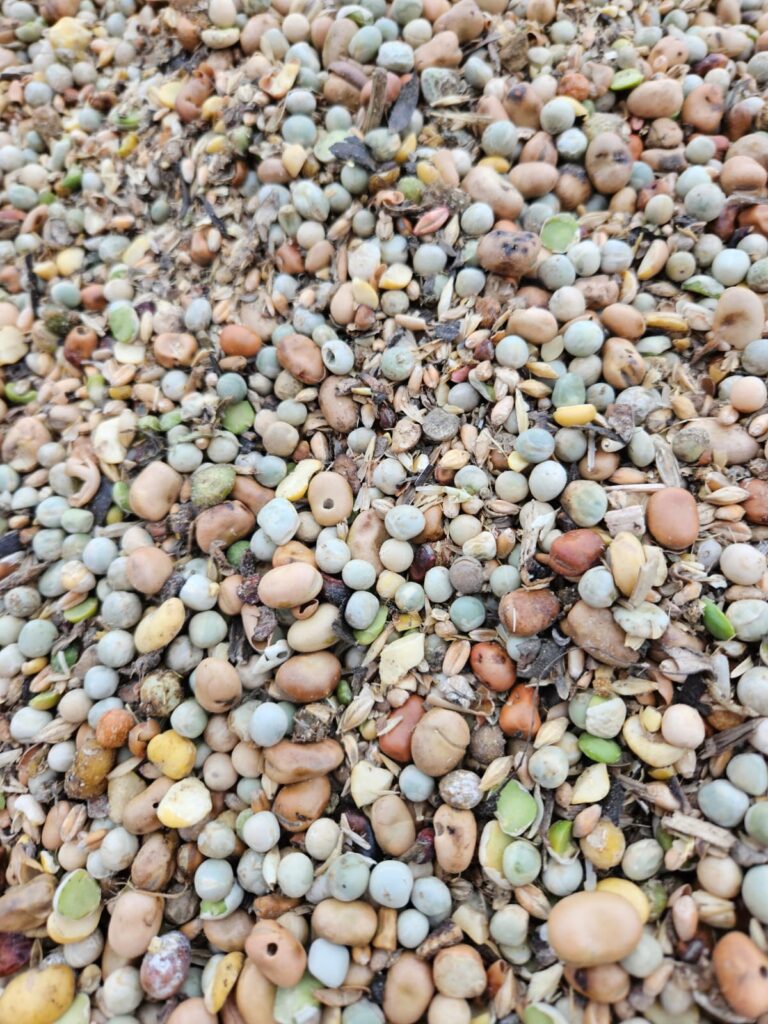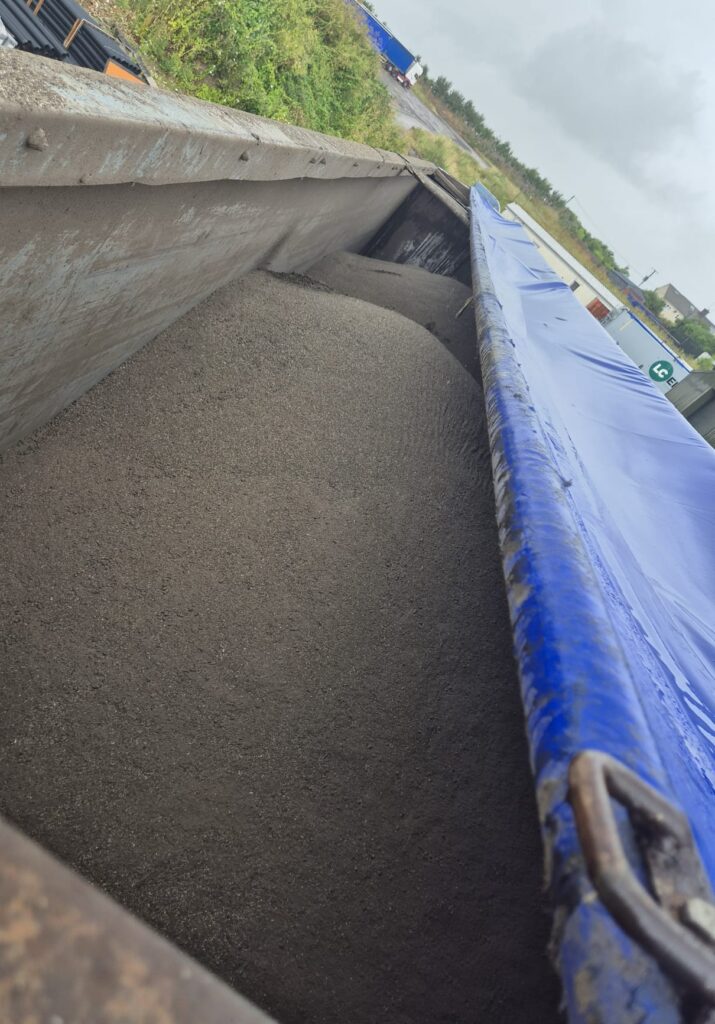Why use high performance feedstocks?



There are a number of high cost, high performance feeds available in the UK for biogas plants – but in general, they’re “very expensive”. So why pay £100-250 per tonne for a high performance feedstock? There are two fundamental reasons to take the plunge – performance and the risk/ reward.
Performance
The headline is that they produce a lot of gas, usually very quickly and usually with a high methane content. Quick means more space in your digester for other things and high methane means more energy (more revenue) per unit of biogas produced.
Quick can be good (carefully managed) because getting your gas out in fewer days means you can process a higher throughput (annual capacity) – meaning your energy output from the same sized plant is higher. Or you can produce the same amount of gas from fewer tonnes – so things like shutdowns/ feed blockages can be more easily caught up.
High methane is great as you’ll make more kwh from the same gas in your CHP or your upgrader can make more smch of methane from the limited modular volume throughput.
But most importantly are the multitude of small benefits not immediately seen, felt or noticed – they don’t turn up in the revenue line but make subtle impacts on your costs. Lower power consumption, reduced wear & maintenance costs, longer maintenance intervals, reduced fuels and other consumables – even improved operator morale.
Risk Vs Reward
Generally though, they’re less profitable. That is, assuming your best optimistic performance plans are realised. The key here is predictability. Generally these “high performance” feeds are highly predictable. Consistent delivery, consistent gas yield, consistent quality, consistent consistency. Something that higher reward feedstocks (like post consumer commercial food, depacked blends or household wastes) lack. A safe pound versus a risky two pounds if you like. If you factor in a more pessimistic view of blockages, damage, wear, production inefficiency and other impacts/ inhibitions from variable/ contaminated feeds, then things even up somewhat.
In truth, a sensible balance can be struck. Spreading of risk (whereby a baseline of known consistent feeds gives comfort, with riskier, ad hoc and high performance feeds making up the balance) allows the plant to hedge their position without fully benefiting from or exposing itself to the risk of either.
In truth, this is a snapshot and generalisation of the market – a silhouette on which to paint the detail.
If this is of interest, please contact us to further discuss how Forager Feeds can help you map out the best balance of feeds to suit your operation needs and risk appetite.
Forager Feeds is a specialist biogas feedstock manager, supplier, consultant, project manager and agronomist. Our people have been working with feedstock in biogas for over a decade and have an innate understanding of “how it works”. Our goal is to make sure you get the best out of your feedstock.